Let’s go down the rabbit hole 🐇

Hello friends,
I’m writing this over the Easter weekend, the new spring sun pouring through the window. In the hallway earlier I encountered two “Easter Witches” – little girls dressed in headscarves, with red painted cheeks and big brown freckles. The Swedish tradition comes from a legend that on Maundy Thursday, witches would fly to Blåkulla (the Devil’s meadow, no less) on brooms, and return home on Easter Sunday.
Easter is such a special and strange time – the shifting season, the coming alive of plants, the changing light, the return of birds – together with the swirling mass of religious and historical tradition. Magic is in the air; and it’s no wonder that this time of seasonal awakening takes its name from a goddess of the dawn.
It is the season of the rabbit. And incidentally, it is the Chinese year of the rabbit. So it feels only right and good to peer a little closer at this symbolic creature. So to this month: let’s go down a rabbit hole…
In 2020, year of the collective existential crisis, Twin Peaks director David Lynch posted what he called a “sitcom” in eight parts, called Rabbits. The series was originally released in 2002, but disappeared from his site after a short time. Filmed at night time in a shed in his garden (this is David Lynch after all), the series is set in a single living room set, and its only characters are three humanoid rabbits. The dialogue appears to be entirely non-sequential, peppered with a random laugh and applause track. Lynch’s long-time collaborator, the late Angelo Badalamenti, created the sinister droning soundtrack that accompanies the action.
It’s difficult to pinpoint what makes Rabbits so riveting. The brooding sense of impending doom, the drugged, dreamlike sincerity of the rabbit-people, the cycling-getting-nowhereness of the dialogue – it’s not easy to sell in. Planet David Lynch is an arresting and alienating place. Perhaps I am unhinged in finding it strangely comforting, but I’m not alone – reems of comments under the video testify to its magnetic power. Not everyone shares my sensibilities though, and I found out recently that Rabbits was used in a 2013 study on pain relief at the University of British Colombia. What would a dystopian rabbit-world have to do with pain, you’re wondering? This study was measuring the effects of paracetamol on the pain of an existential crisis. Rabbits was shown to subjects to make them question their existence. And even more bizarrely, compared with a placebo, the paracetamol helped relieve the feeling.
Got some paracetamol handy? Then maybe you’d like to watch Rabbits on YouTube.
Albrecht Dürer’s Young Hare painting is widely accepted as one of the finest early works of observational art.
Dürer had an early introduction to drawing from his goldsmith-turned-publisher father, and showed an astonishing natural ability from a young age. A silverpoint self-portrait he drew aged 13 is a testament to his abilities, with its soft folds of fabric on the sleeves and plump shading around the face.
A later self-portrait, aged 28, (painted in 1500) is a pastiche of late Medieval portraits of Jesus. Among experts, it’s agreed that Dürer painted himself in a overtly Jesus-y way. Which apparently, at the time, wasn’t that much of a big deal (the outrage errupted retrospectively in the 19th century). The portrait is astonishingly similar to Da Vinci’s Salvator Mundi, painted around the same date, and inspired a cascade of copycats. Art historian Moritz Thausing found in his analysis that ‘every [classical] depiction’ of Christ after 1500 was based on the blueprint that Dürer created in his messianic self-portrait. It is a work of astonishing compositional confidence and exquisite skill – at once intimate and august. He was good, and he bloody knew it.
Young Hare came two years later, and continues to be so widely replicated in museum shop prints and umbrellas and coasters that it has taken on a life of its own. So it should – it’s a masterpiece. The hare’s fur turfts in multiple directions, the shading is subtle, the textures are tangible. But why Dürer’s rabbit continues to enchant is not just because it is accurately rendered, but because it contains the special element key to his genius: life. The warm feeling of sunlight on the fur, the tiny reflection of a window in the eye, the tight introversion of the gaze. It is one of the first images of its kind – a study of an animal just for its own sake. Not a practice piece for a larger work, not symbolic of some larger idea, but its own finished article, rabbit for rabbit’s sake. And what better subject for the statement masterwork than nature’s own symbol of fecund immortality?
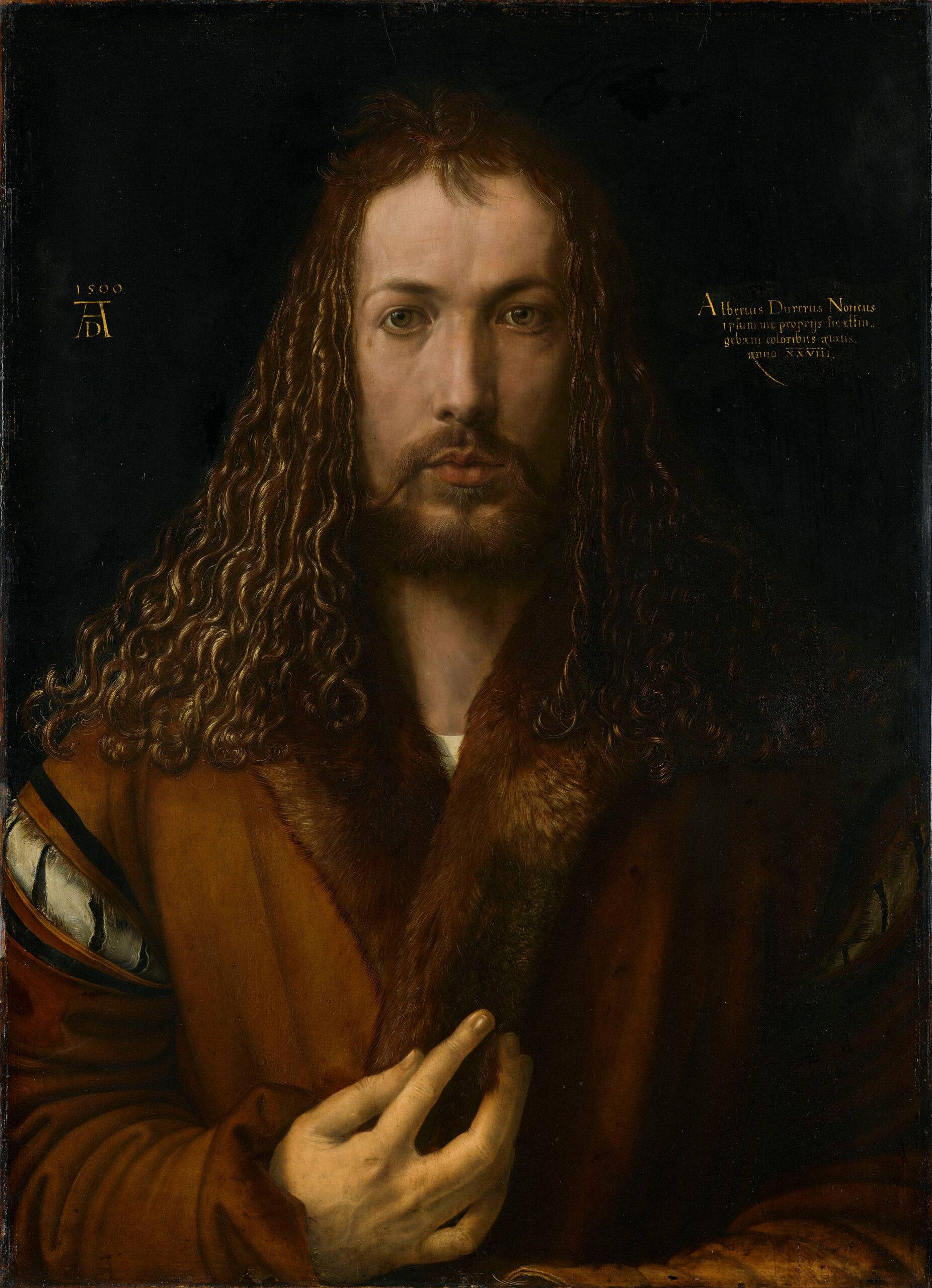
In 1998, British music group UNKLE released Rabbit in Your Headlights. Radiohead’s Thom Yorke featured as frontman, contemplating fear and isolation, and the human endeavour to break free. The lyrics contain multiple layers of intertextual reference: first to Jacob’s Ladder, a cult film about a Vietnam veteran, from which Yorke’s lyrics use a direct quote, which is itself based on writing by 14th-century philosopher Meister Ekhart.
If you’re frightened of dying and you’re holding on
You’ll see devils tearing your life away
But if you’ve made your peace
Then the devils are really angels
Freeing you from the earth
The music video by Jonathan Glazer takes the ‘rabbit in headlights’ theme literally – but the rabbit is a man, and that man is invincible. It is a visceral reflection of the human capacity for resilience, for our ability to get up in seemingly impossible circumstances, and return stronger.
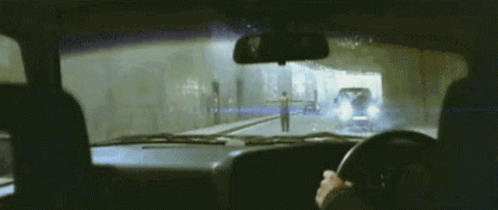
A Rabbit as King of the Ghosts
by Wallace Stevens (1954)
The difficulty to think at the end of day,
When the shapeless shadow covers the sun
And nothing is left except light on your fur—There was the cat slopping its milk all day,
Fat cat, red tongue, green mind, white milk
And August the most peaceful month.To be, in the grass, in the peacefullest time,
Without that monument of cat,
The cat forgotten in the moon;And to feel that the light is a rabbit-light,
In which everything is meant for you
And nothing need be explained;Then there is nothing to think of. It comes of itself;
And east rushes west and west rushes down,
No matter. The grass is fullAnd full of yourself. The trees around are for you,
The whole of the wideness of night is for you,
A self that touches all edges,You become a self that fills the four corners of night.
The red cat hides away in the fur-light
And there you are humped high, humped up,You are humped higher and higher, black as stone—
You sit with your head like a carving in space
And the little green cat is a bug in the grass.
I love this poem by Wallace Stevens. It’s glorious and magical and abundantly rabbity.
Stevens, like many of our greatest modern poets, had a boring day job and wrote in his spare time. He worked in an insurance office his whole adult life, and didn’t really find any recognition as a poet until after he published his first collection of poems in his forties.
The expansive sense of escape and transcendence in this poem is infectious. I can’t read that line “to feel that the light is a rabbit-light / In which everything is meant for you” and not feel like a ray of special rabbit-light is shining down on me too. I can sense the dull heaviness of the cat, necessary and ubiquitous as Stevens’ day job, and the release of the evening; his freedom like a rabbit roaming at night-time. That giant rabbit feeling is such an unlikely symbol for his creative freedom. It is a wild beacon in the evening – a moonlit time where everything becomes possible and the fat-cat demands of society shrunk to nothing more than the tiniest ant in the grass.

Would you like to explore writing this summer? In July I’m hosting a series of virtual workshops on Saturday mornings. We will sit together, read, discuss and write. If you’re interested in expanding your writing practice, journaling or learning about how to read poetry, it could be for you. Read more on the event Facebook page.
~~~~~~
Invite your friends to subscribe!
![]() 5 things I learned at a Buddhist monastery
5 things I learned at a Buddhist monastery![]() 6 good things to do
6 good things to do![]() Extraordinary ordinariness: space orbits and sleeping dogs
Extraordinary ordinariness: space orbits and sleeping dogs![]() The ebb and flow of things
The ebb and flow of things![]() A short breath in the bardo
A short breath in the bardo![]() A slender cord of grace
A slender cord of grace![]() Artists reflect on water
Artists reflect on water![]() A love letter to a loaded gun
A love letter to a loaded gun![]() Are you for real?
Are you for real?![]() What is a good life?
What is a good life?![]() Who decides what you think?
Who decides what you think?![]() When new year should be according to history...
When new year should be according to history...![]() Does Mozart really make you smarter?
Does Mozart really make you smarter?![]() Old stories to find light in dark times
Old stories to find light in dark times![]() The human need to put things together
The human need to put things together![]() The power of trends: the good, the bad and the pumpkin-spiced.
The power of trends: the good, the bad and the pumpkin-spiced.![]() From terrestrial to celestial – where do we find inspiration?
From terrestrial to celestial – where do we find inspiration?![]() The illusion of ownership
The illusion of ownership![]() Let’s go down the rabbit hole 🐇
Let’s go down the rabbit hole 🐇![]() Identity, the artist, and #goblinmode
Identity, the artist, and #goblinmode![]() Punk and her godmothers
Punk and her godmothers![]() The ultimate journey – homecoming, heroes and wholeness.
The ultimate journey – homecoming, heroes and wholeness.![]() It’s mushroom month...
It’s mushroom month...![]() Robots, AI and artistry, oh my!
Robots, AI and artistry, oh my!![]() Longevity, love and memory...
Longevity, love and memory...![]() Summer, Freud and a sonnet...
Summer, Freud and a sonnet...![]() When surreal makes sense – exploring with Dorothea Tanning, Olga Tokaczuk and more...
When surreal makes sense – exploring with Dorothea Tanning, Olga Tokaczuk and more...![]() Twists and turns with Mary Oliver, Alan Watts and Astrid Lindgren...
Twists and turns with Mary Oliver, Alan Watts and Astrid Lindgren...![]() First flowers of spring: the need for beauty and hope at all times
First flowers of spring: the need for beauty and hope at all times![]() Defining reality, playing with illusion with Robert Frost, Hilma Af Kilnt and more...
Defining reality, playing with illusion with Robert Frost, Hilma Af Kilnt and more...![]() Celebrating the cycles of light and dark with Joan Didion, Danez Smith and more...
Celebrating the cycles of light and dark with Joan Didion, Danez Smith and more...

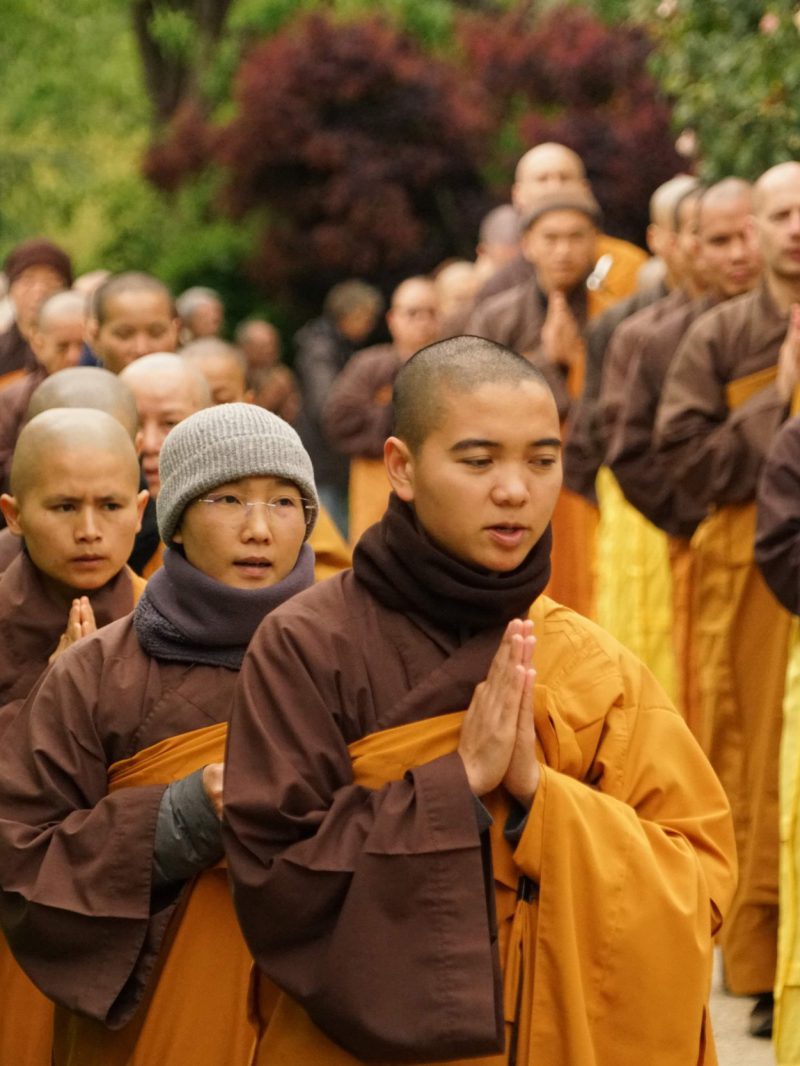 5 things I learned at a Buddhist monastery
5 things I learned at a Buddhist monastery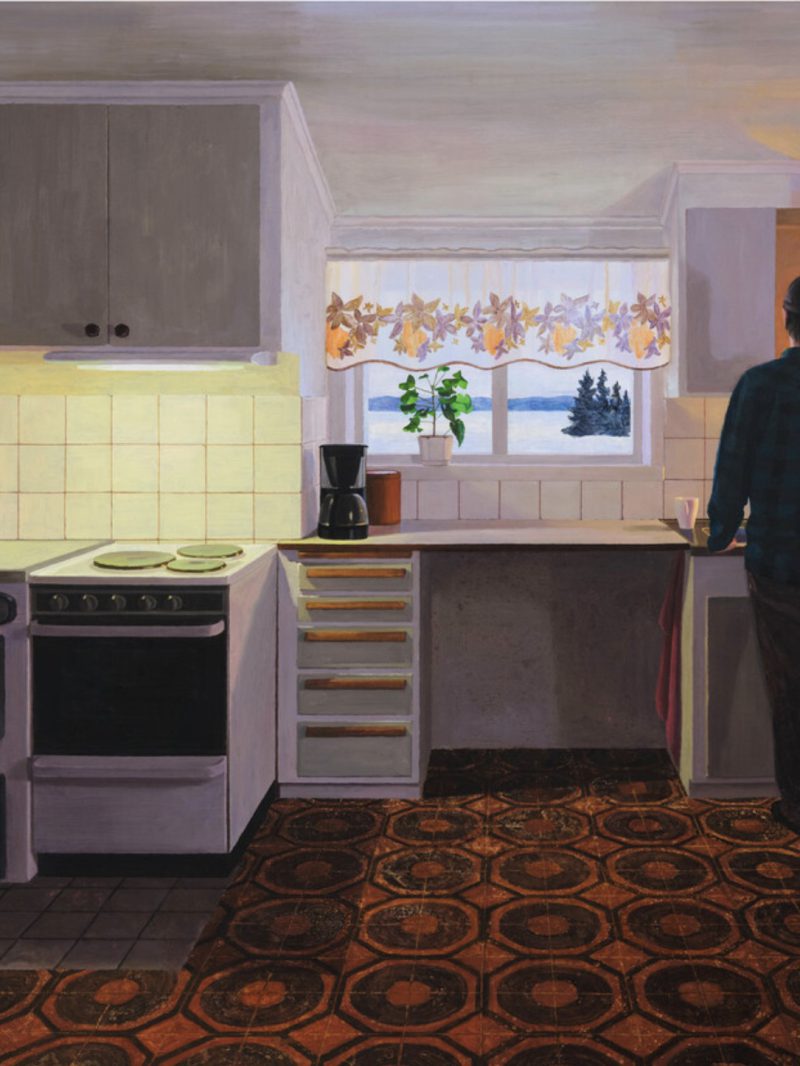 6 good things to do
6 good things to do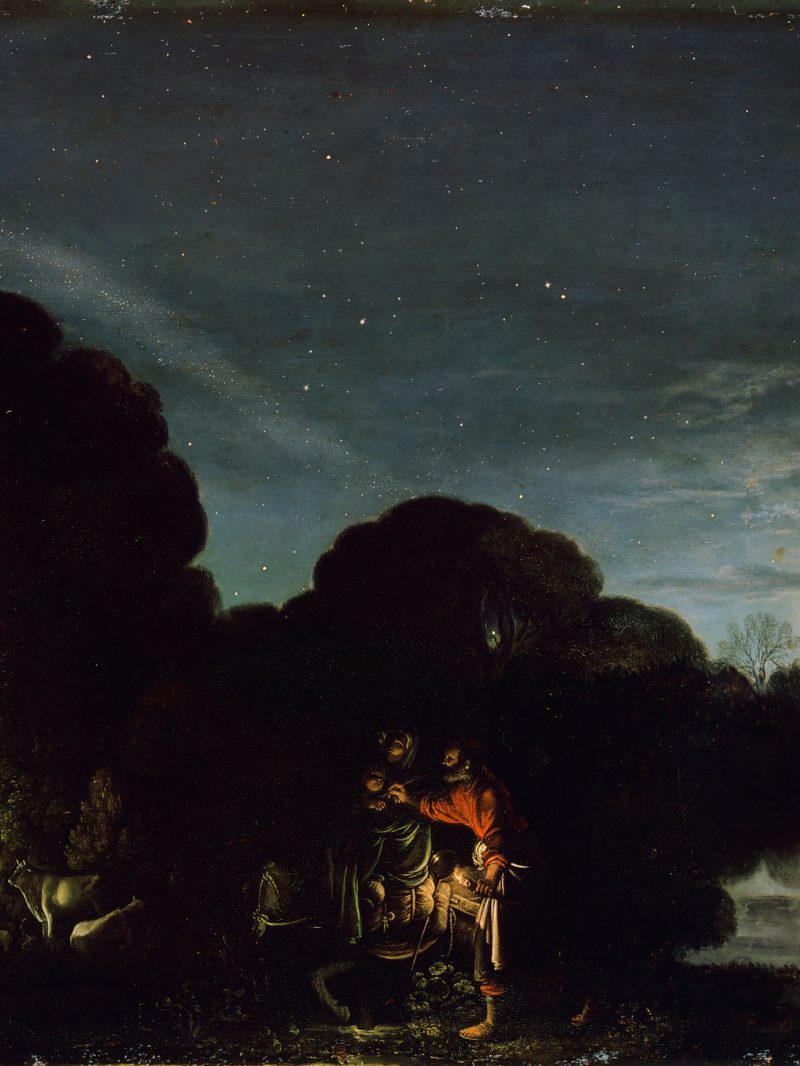 Extraordinary ordinariness: space orbits and sleeping dogs
Extraordinary ordinariness: space orbits and sleeping dogs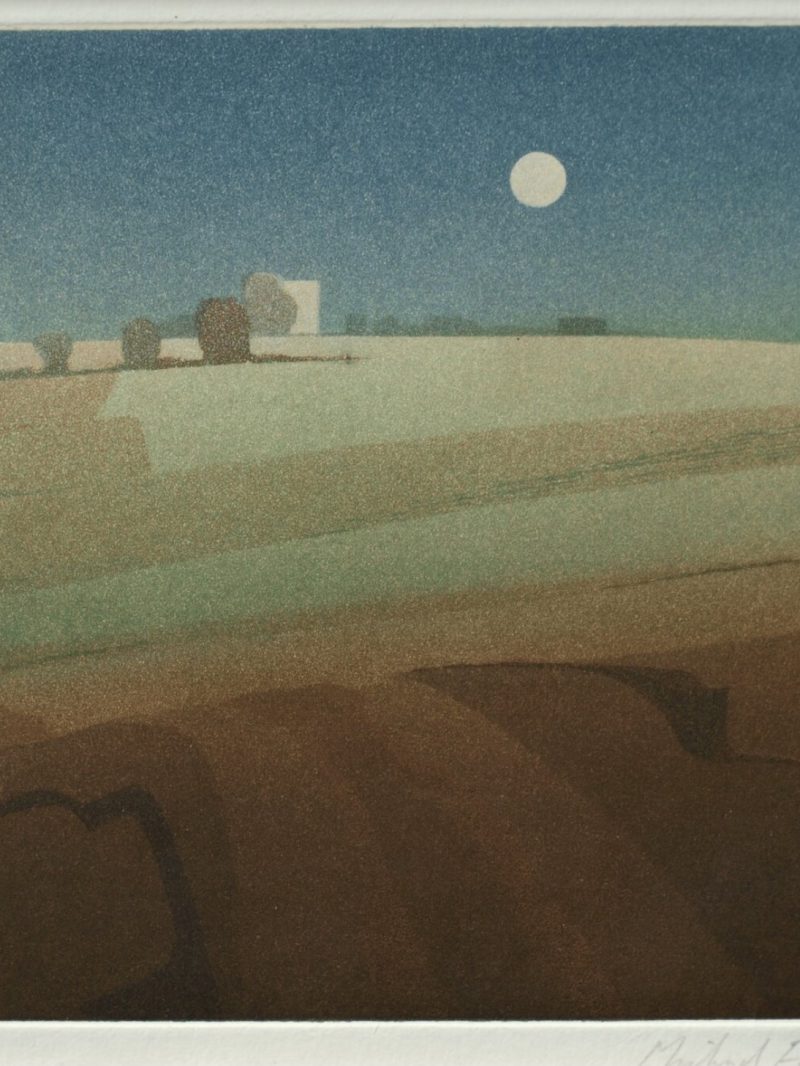 The ebb and flow of things
The ebb and flow of things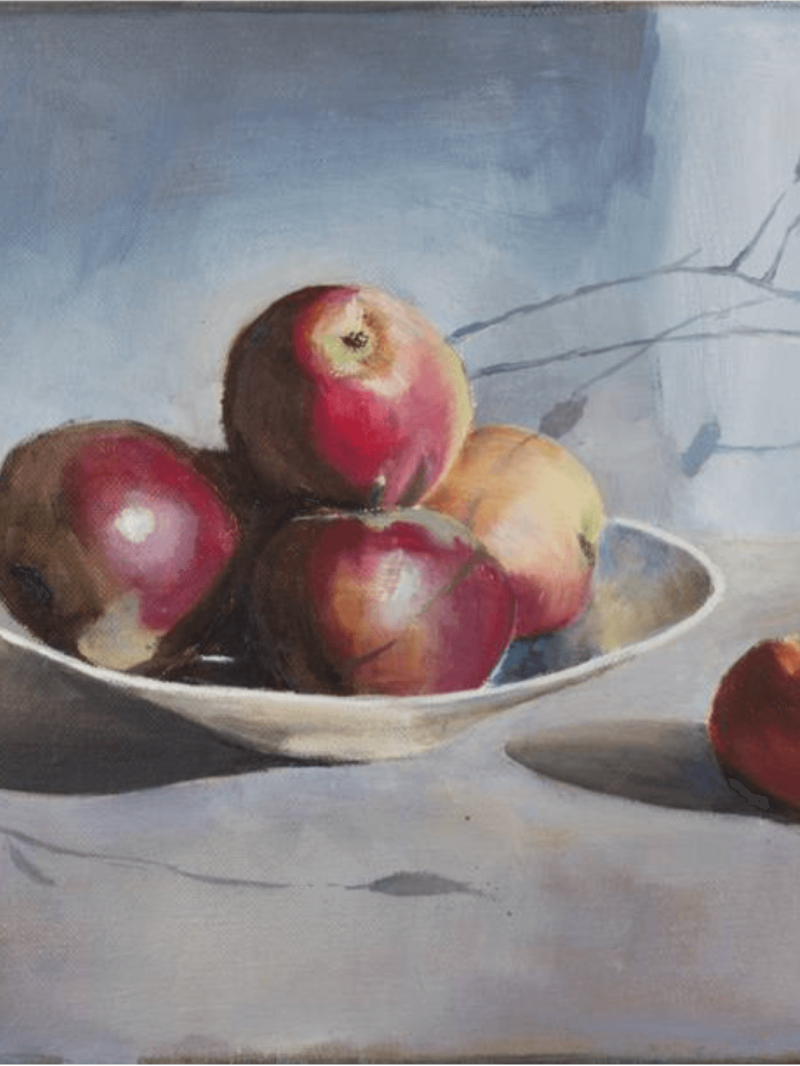 A short breath in the bardo
A short breath in the bardo A slender cord of grace
A slender cord of grace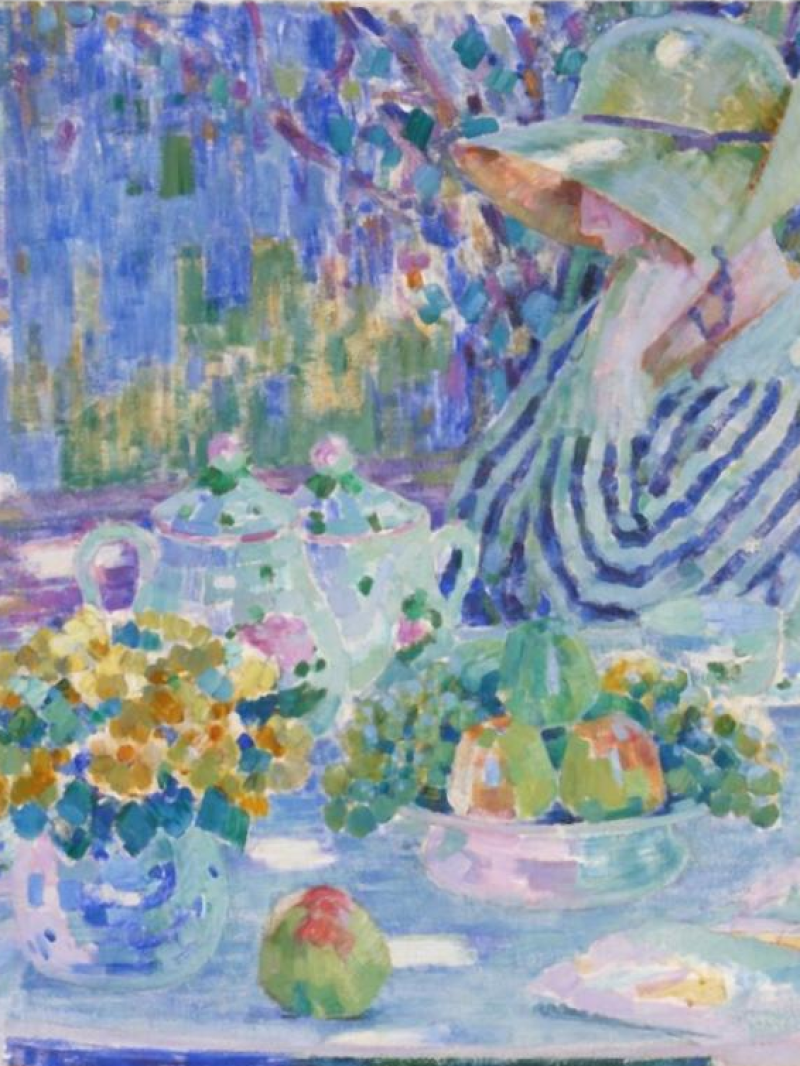 Artists reflect on water
Artists reflect on water A love letter to a loaded gun
A love letter to a loaded gun Are you for real?
Are you for real?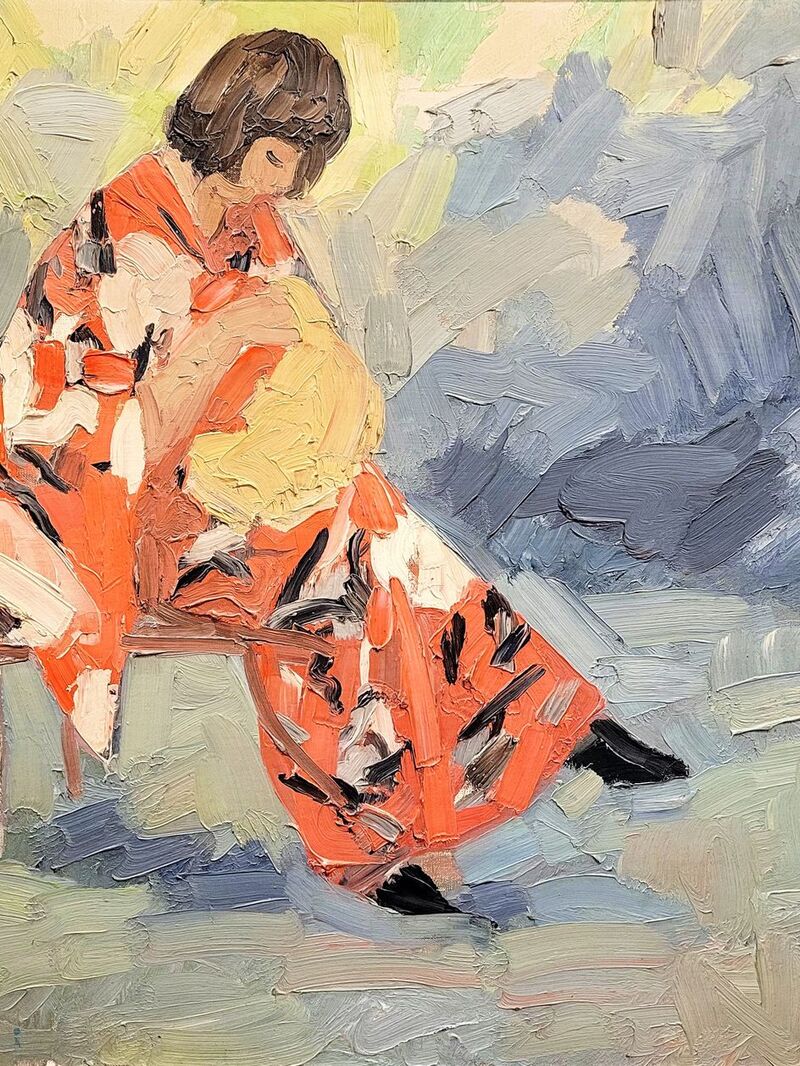 What is a good life?
What is a good life?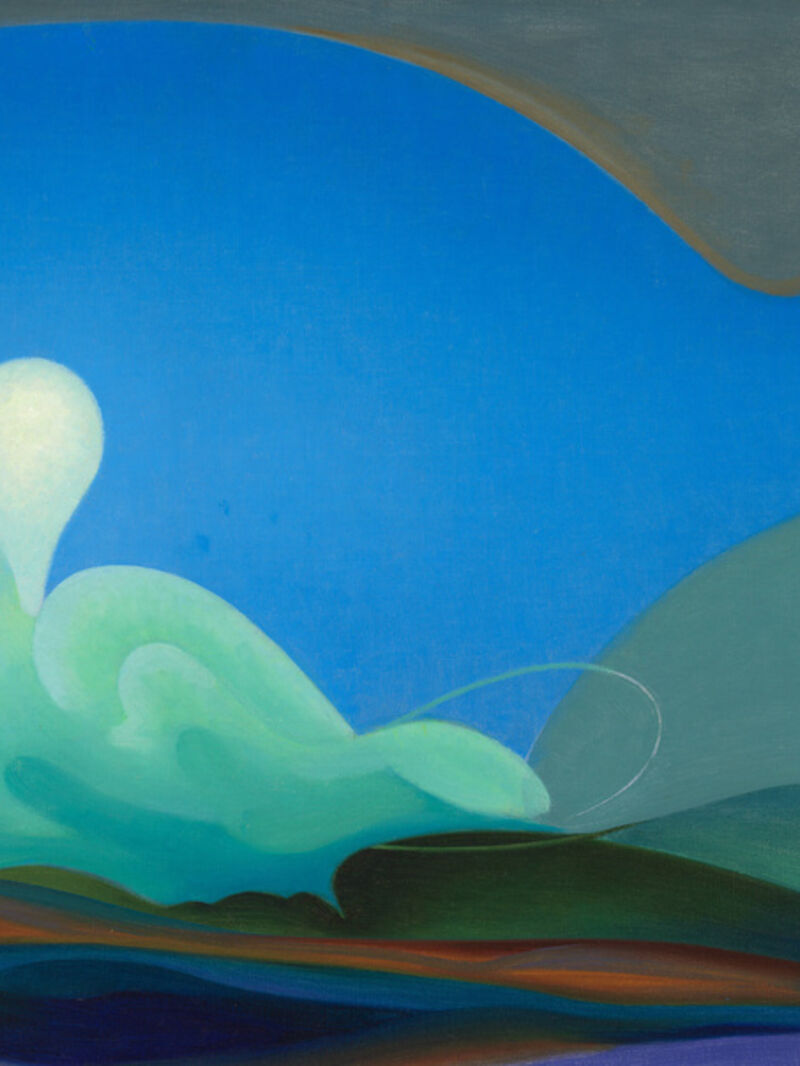 Who decides what you think?
Who decides what you think?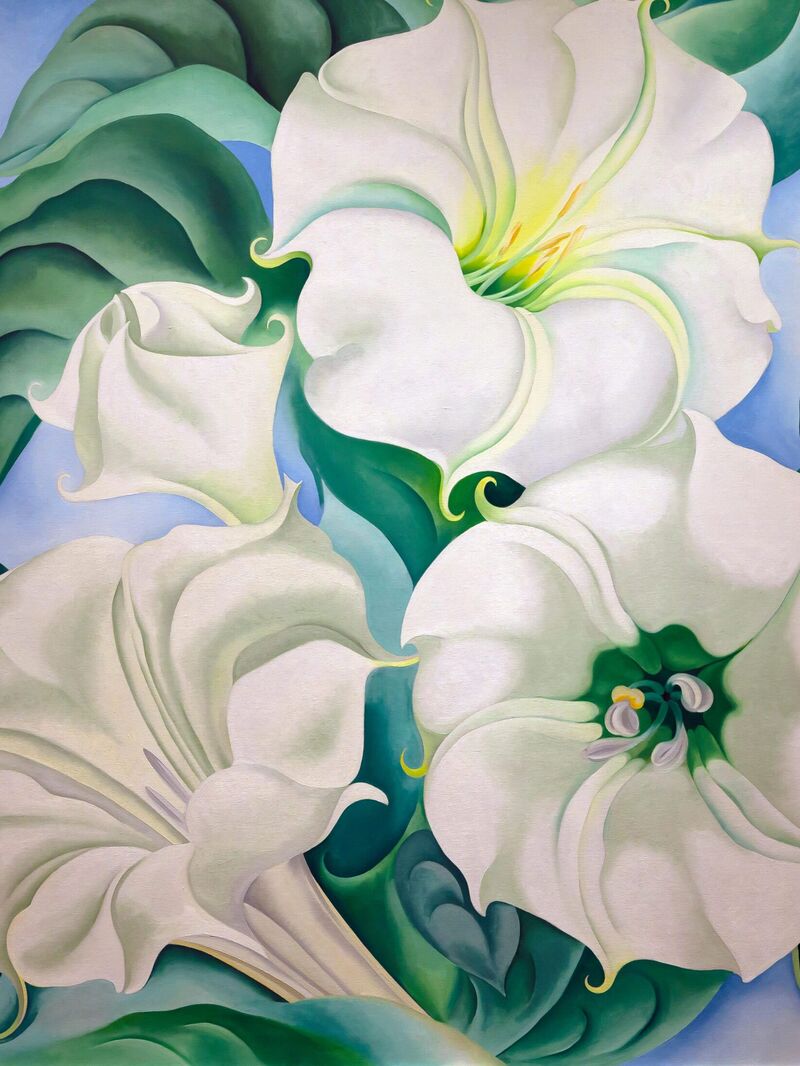 When new year should be according to history...
When new year should be according to history...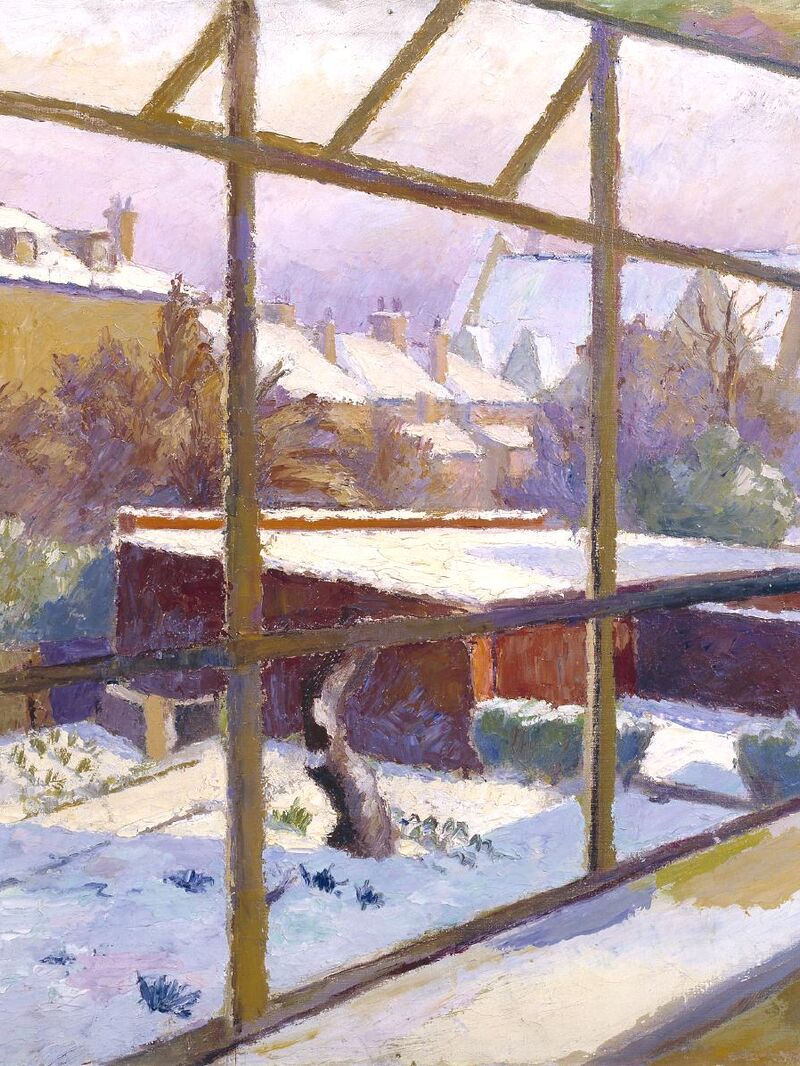 Does Mozart really make you smarter?
Does Mozart really make you smarter?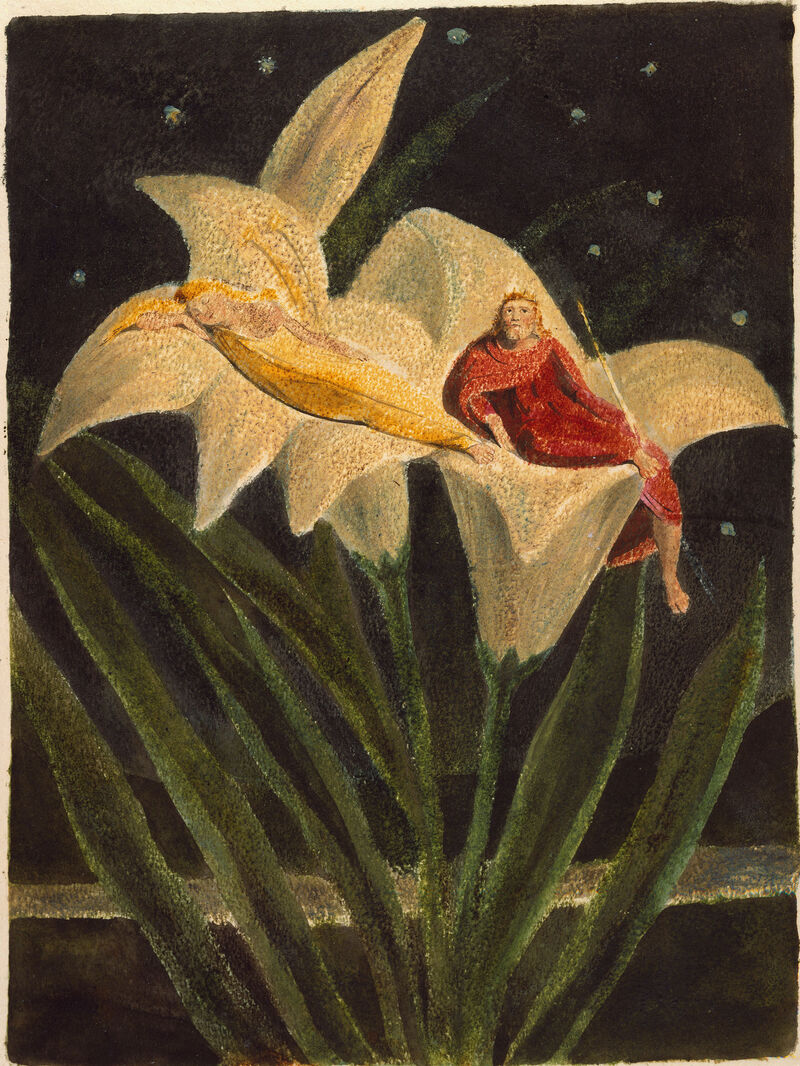 Old stories to find light in dark times
Old stories to find light in dark times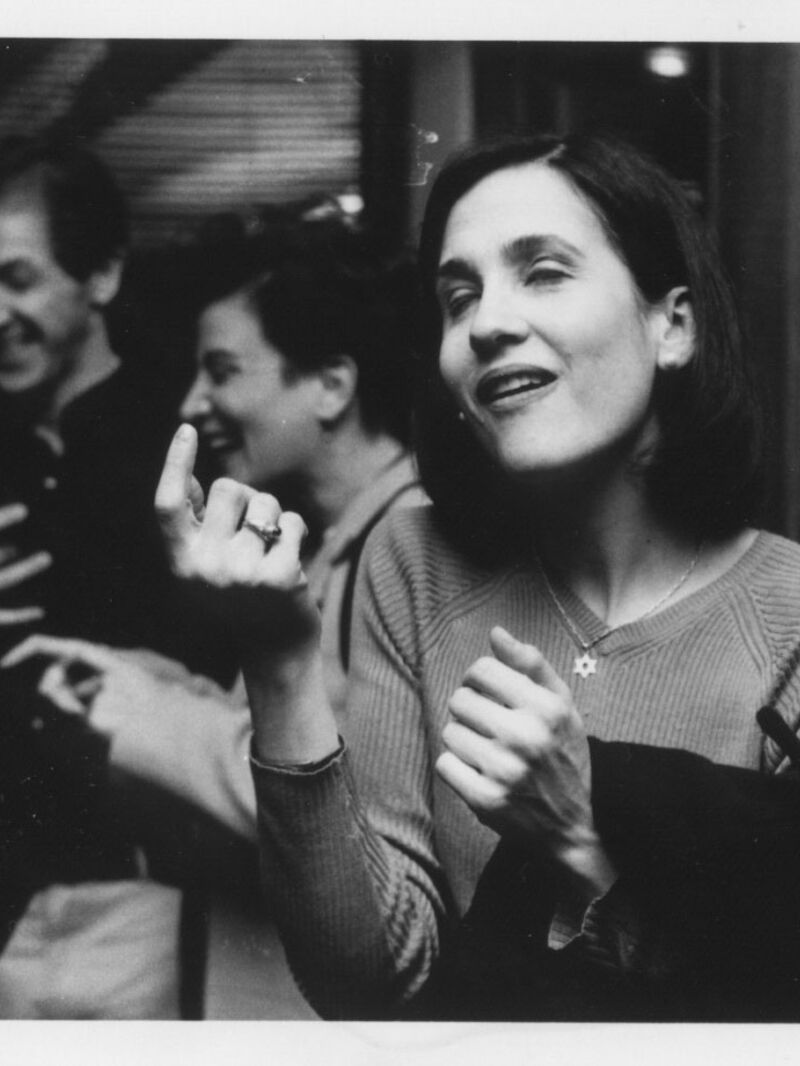 The human need to put things together
The human need to put things together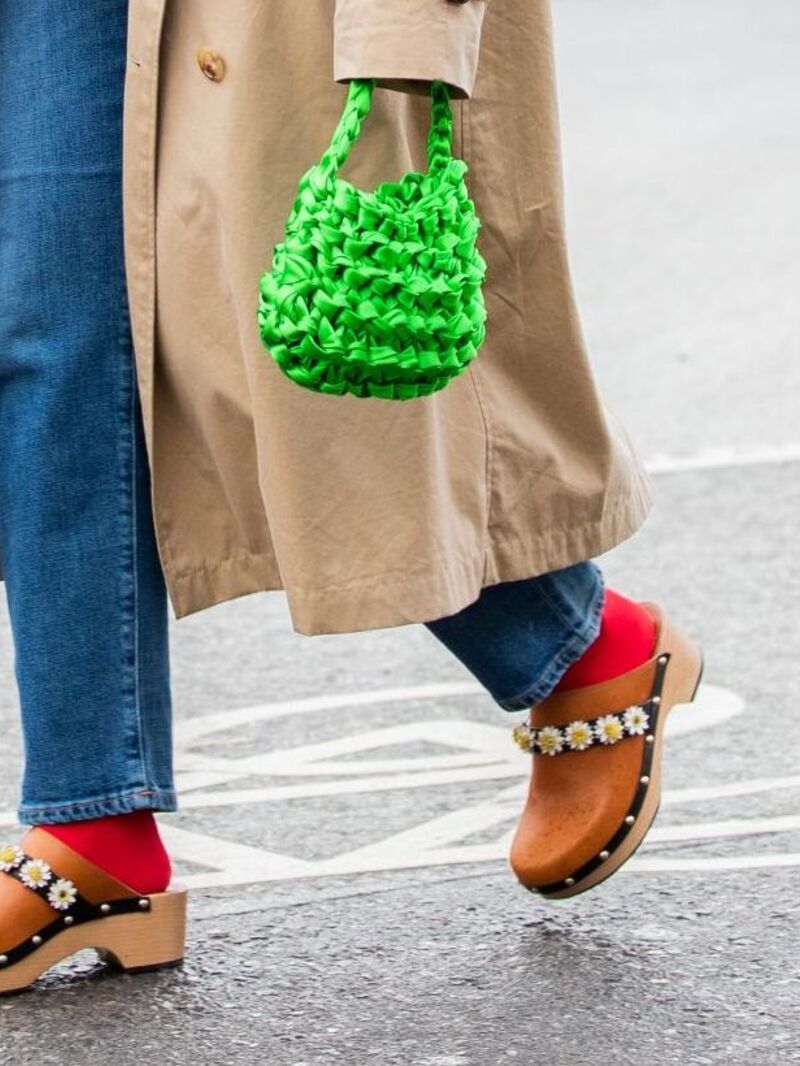 The power of trends: the good, the bad and the pumpkin-spiced.
The power of trends: the good, the bad and the pumpkin-spiced.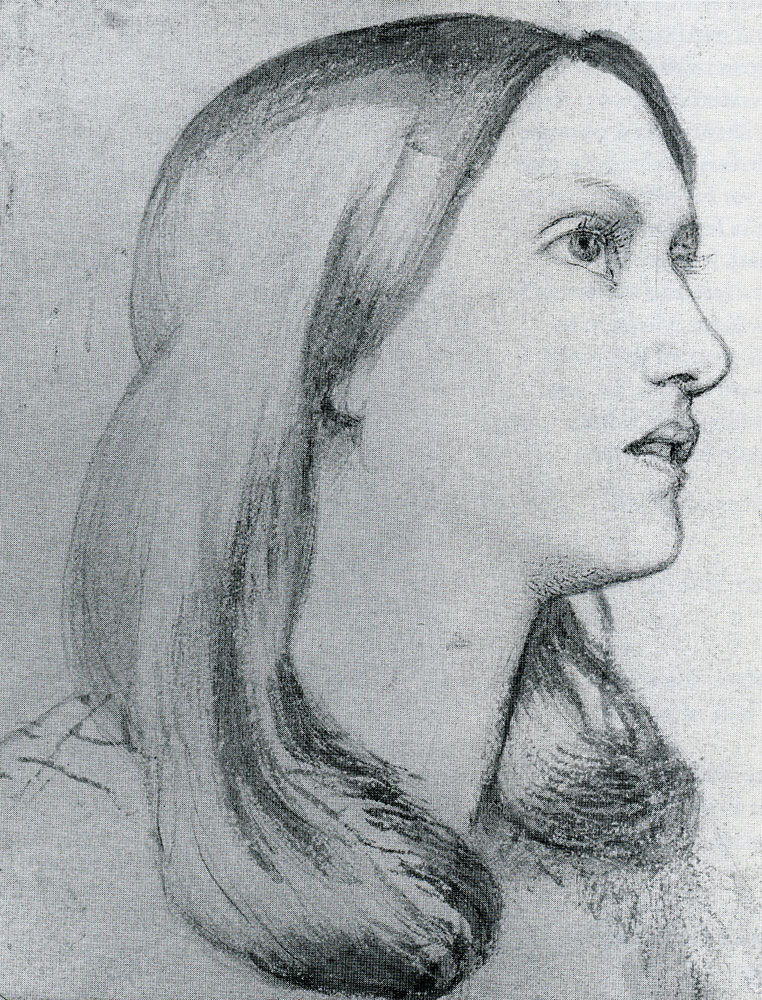 From terrestrial to celestial – where do we find inspiration?
From terrestrial to celestial – where do we find inspiration?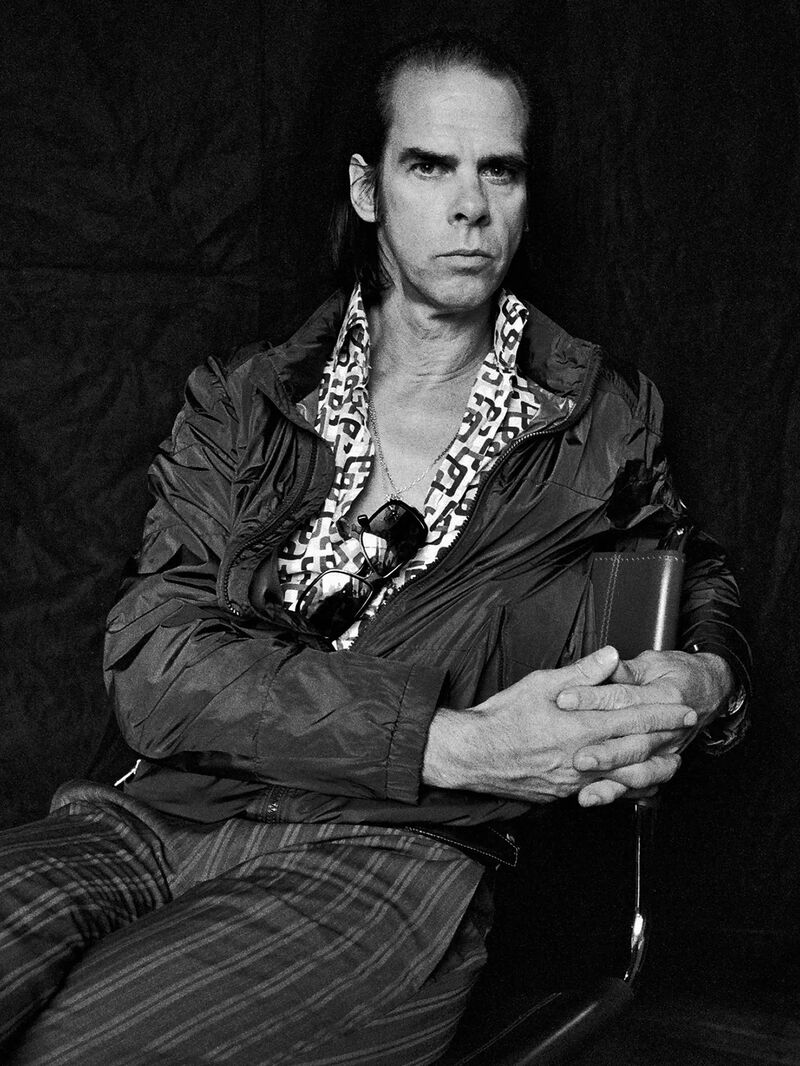 The illusion of ownership
The illusion of ownership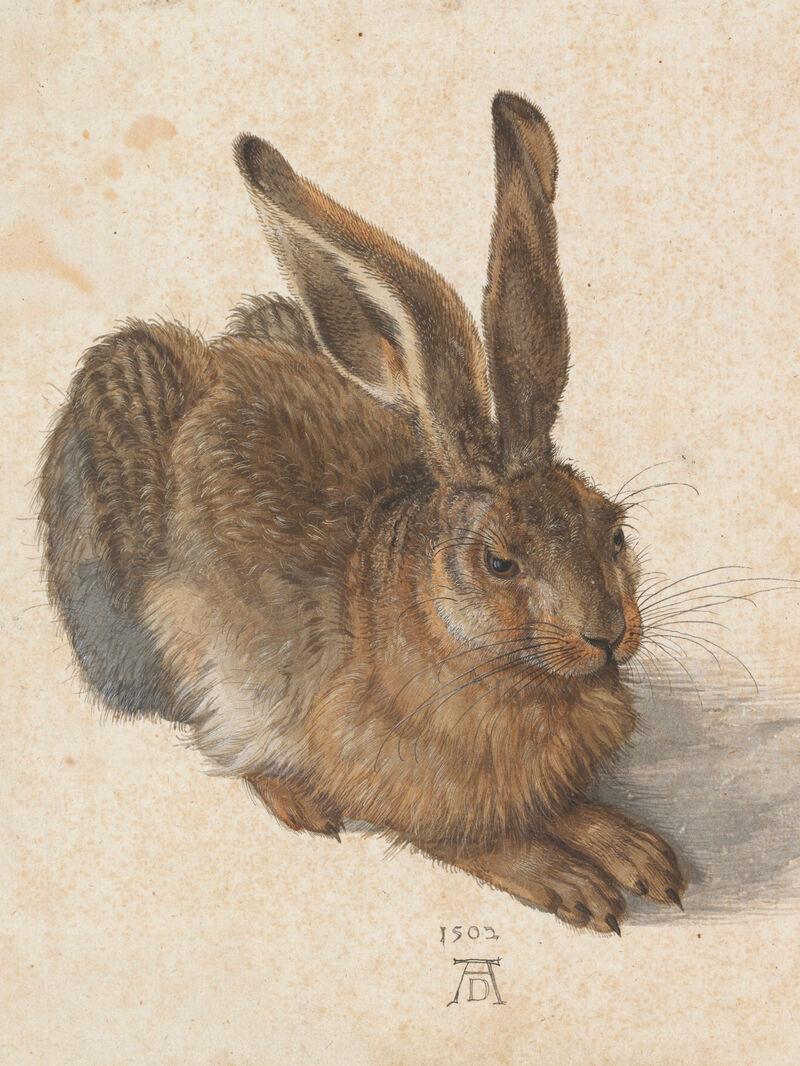 Let’s go down the rabbit hole 🐇
Let’s go down the rabbit hole 🐇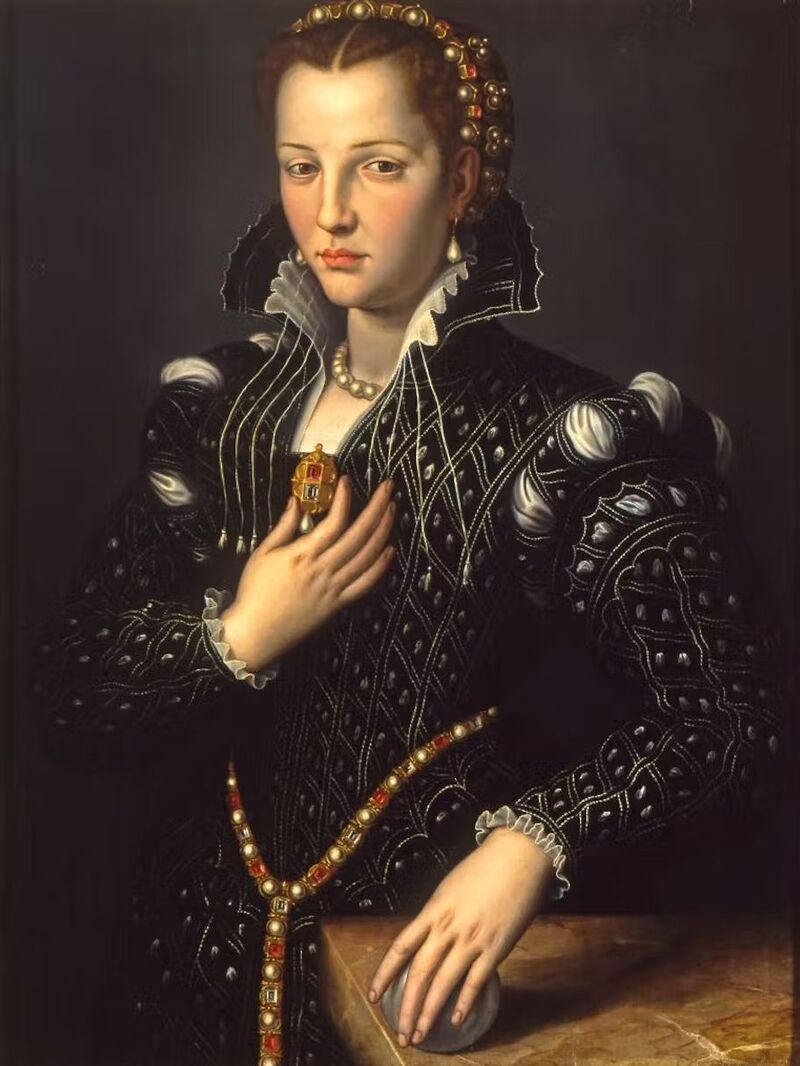 Identity, the artist, and #goblinmode
Identity, the artist, and #goblinmode Punk and her godmothers
Punk and her godmothers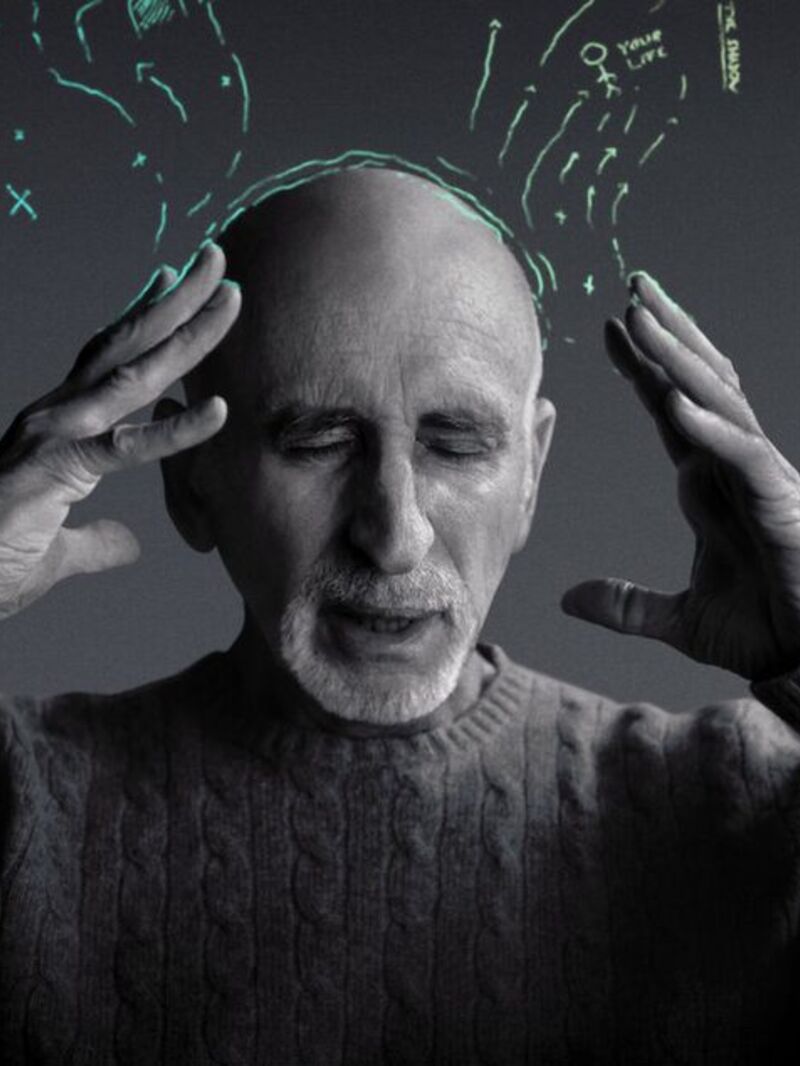 The ultimate journey – homecoming, heroes and wholeness.
The ultimate journey – homecoming, heroes and wholeness.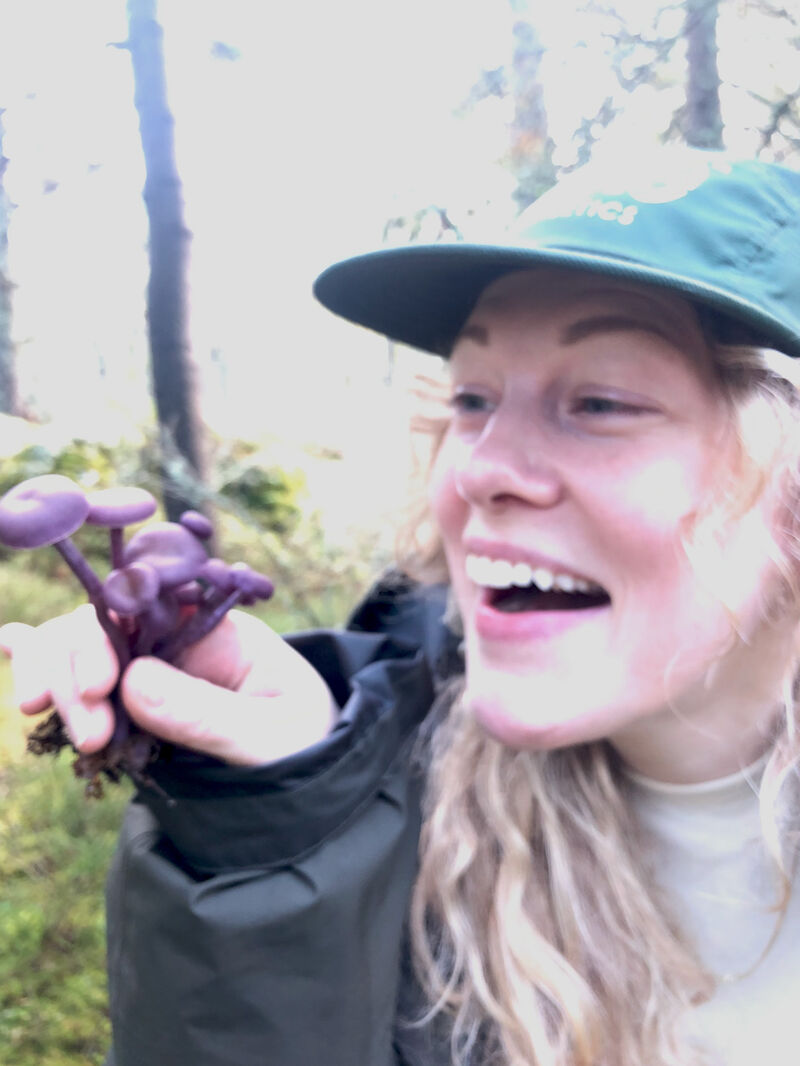 It’s mushroom month...
It’s mushroom month...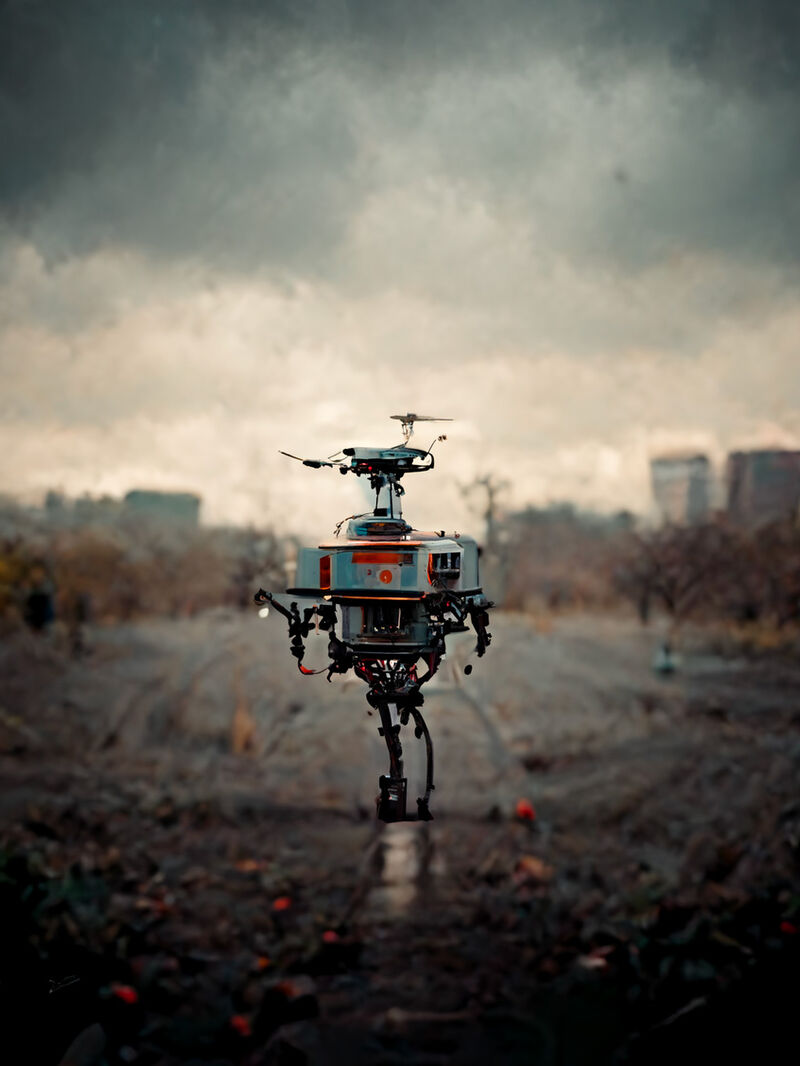 Robots, AI and artistry, oh my!
Robots, AI and artistry, oh my!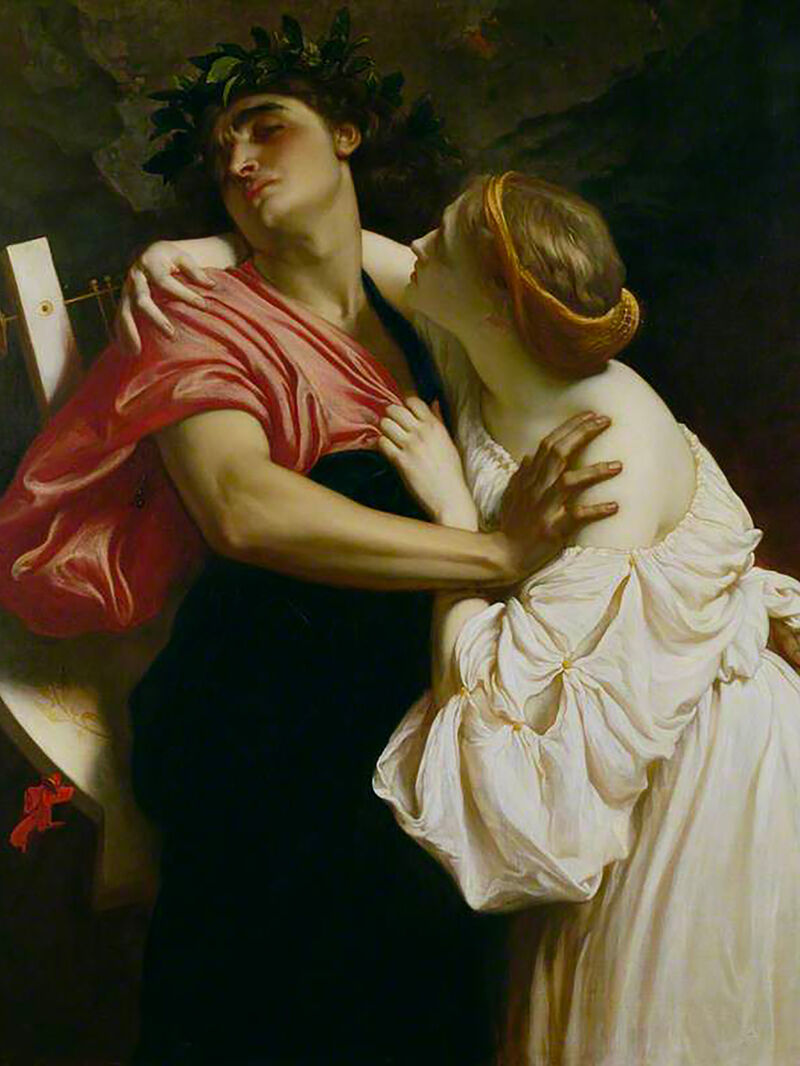 Longevity, love and memory...
Longevity, love and memory...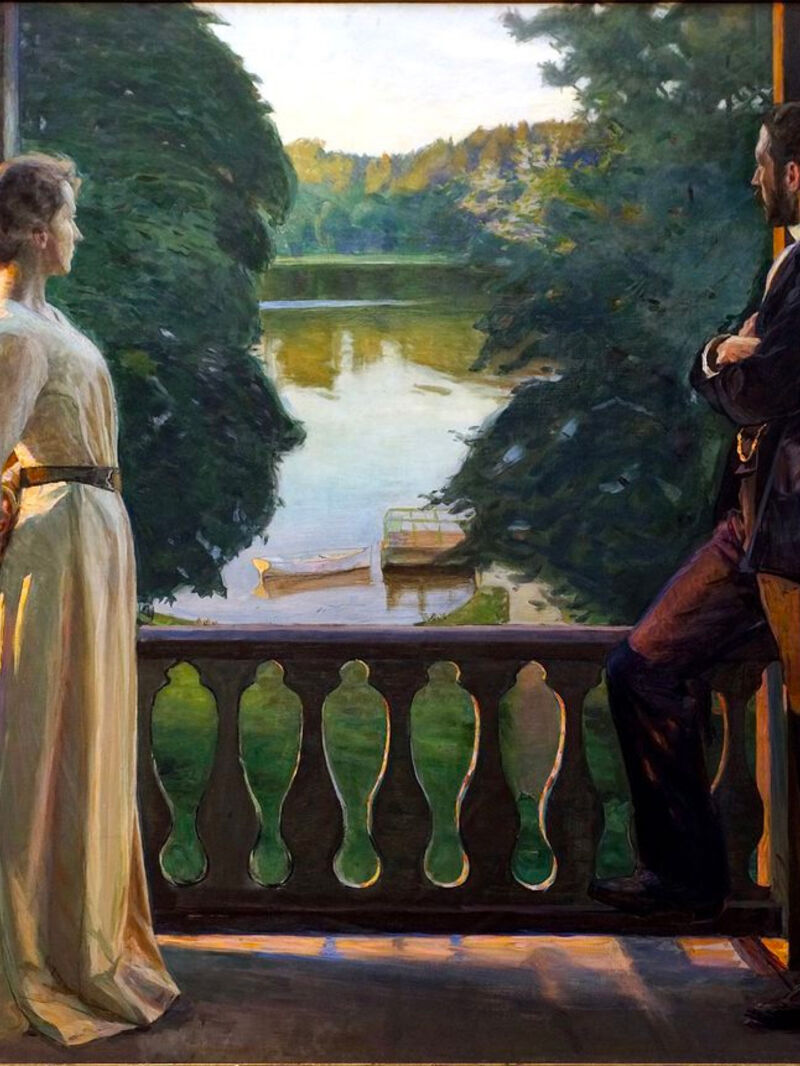 Summer, Freud and a sonnet...
Summer, Freud and a sonnet...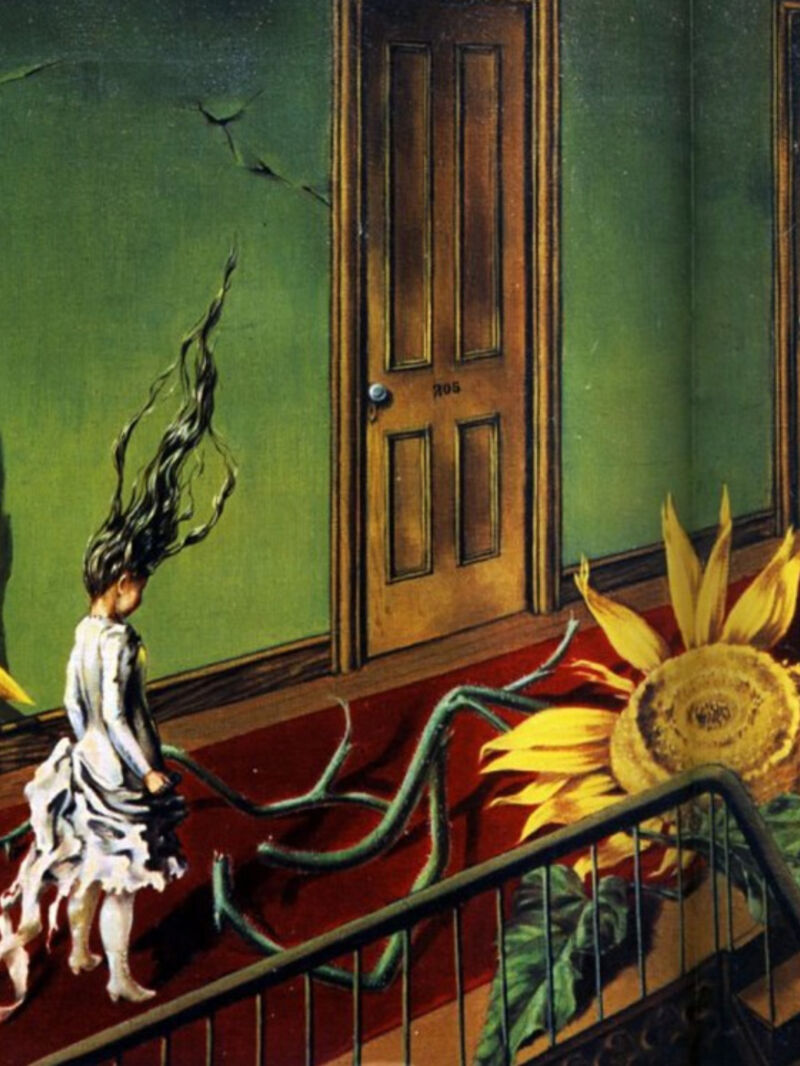 When surreal makes sense – exploring with Dorothea Tanning, Olga Tokaczuk and more...
When surreal makes sense – exploring with Dorothea Tanning, Olga Tokaczuk and more...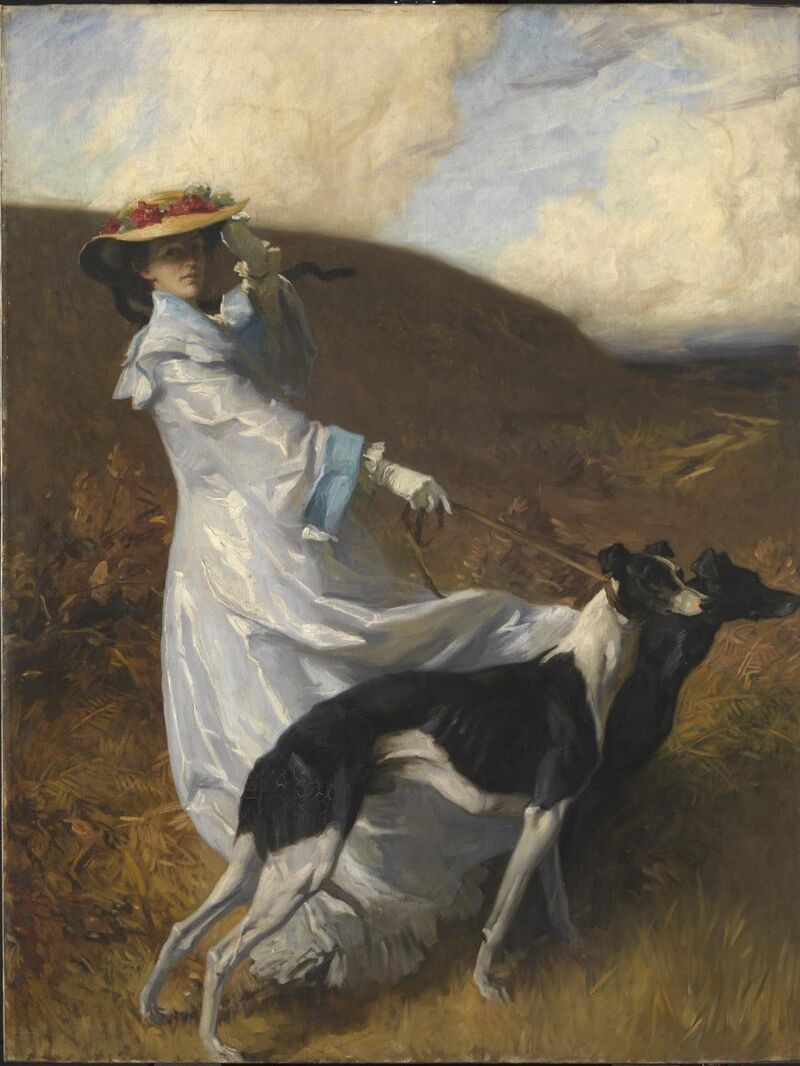 Twists and turns with Mary Oliver, Alan Watts and Astrid Lindgren...
Twists and turns with Mary Oliver, Alan Watts and Astrid Lindgren...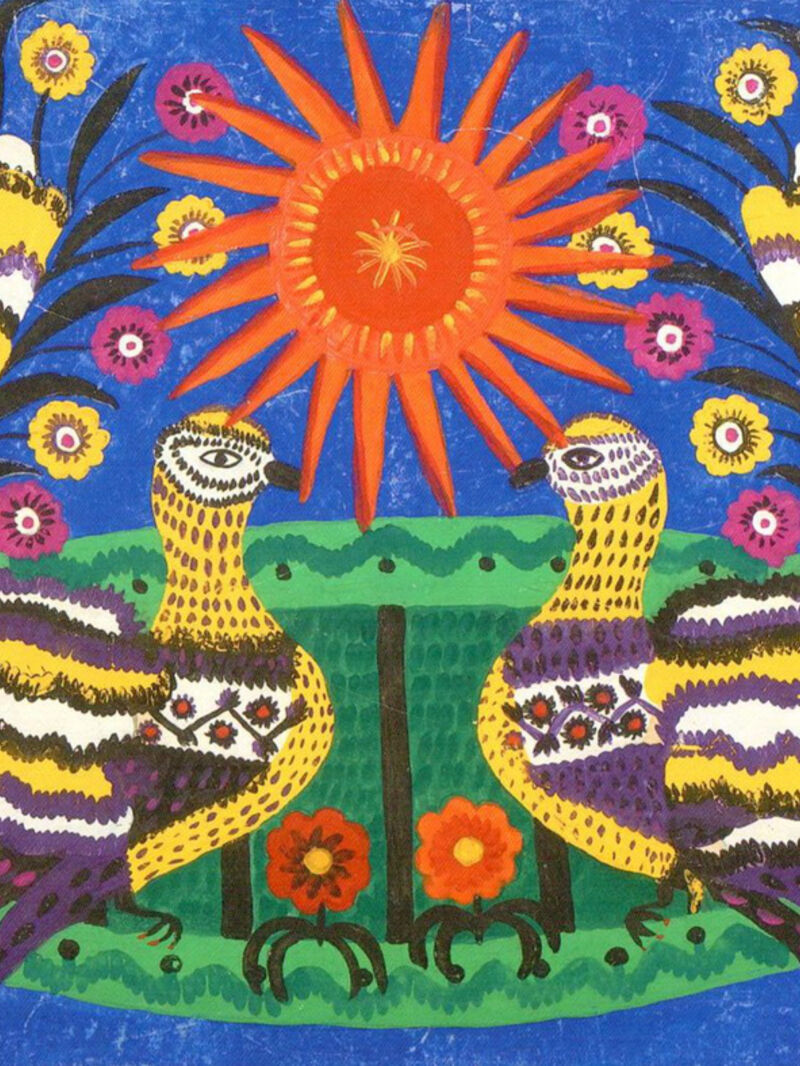 First flowers of spring: the need for beauty and hope at all times
First flowers of spring: the need for beauty and hope at all times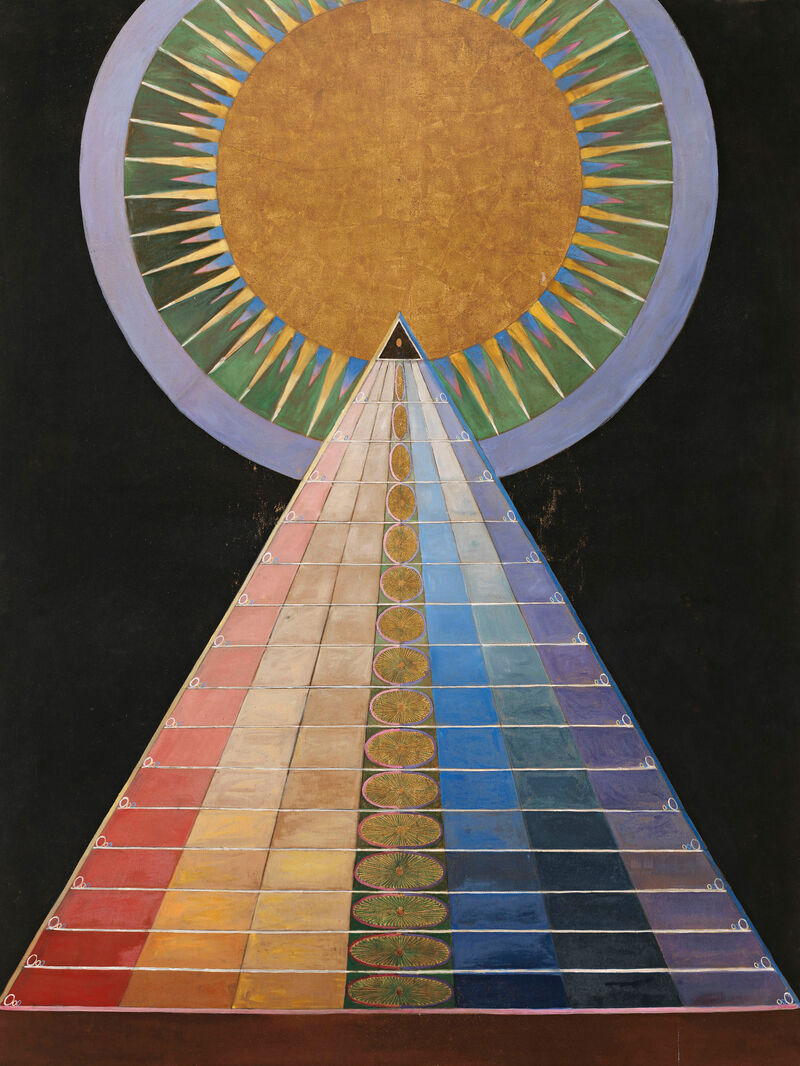 Defining reality, playing with illusion with Robert Frost, Hilma Af Kilnt and more...
Defining reality, playing with illusion with Robert Frost, Hilma Af Kilnt and more...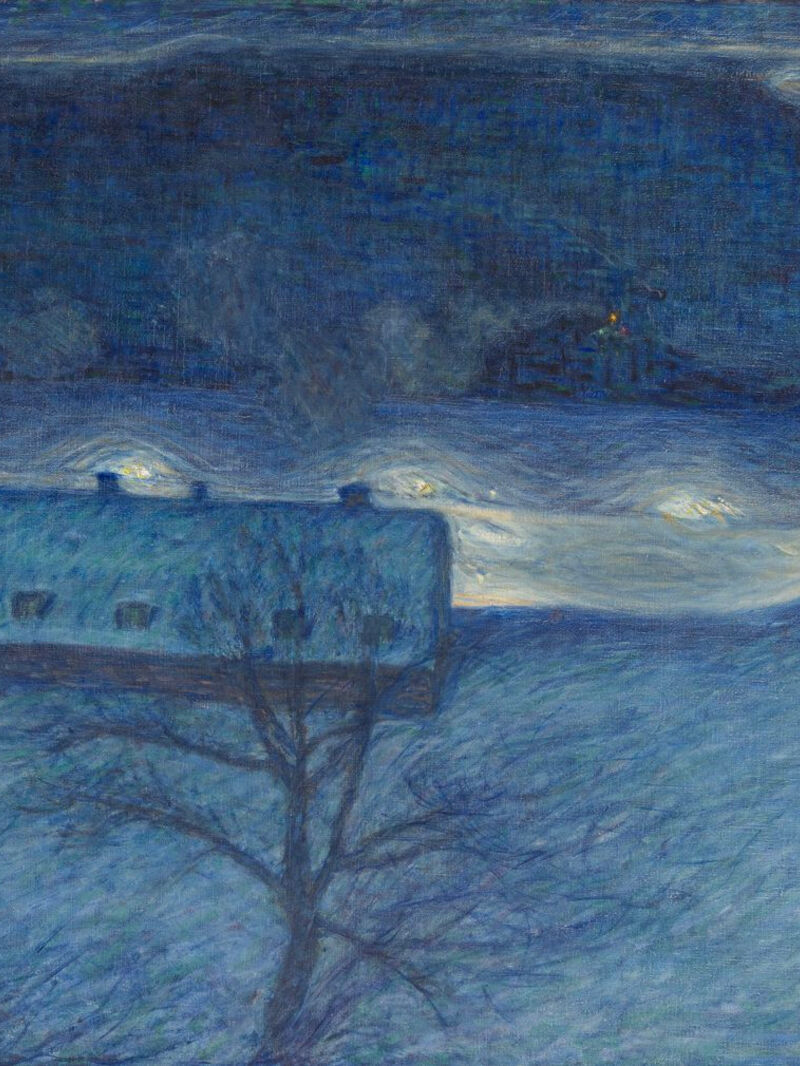 Celebrating the cycles of light and dark with Joan Didion, Danez Smith and more...
Celebrating the cycles of light and dark with Joan Didion, Danez Smith and more...